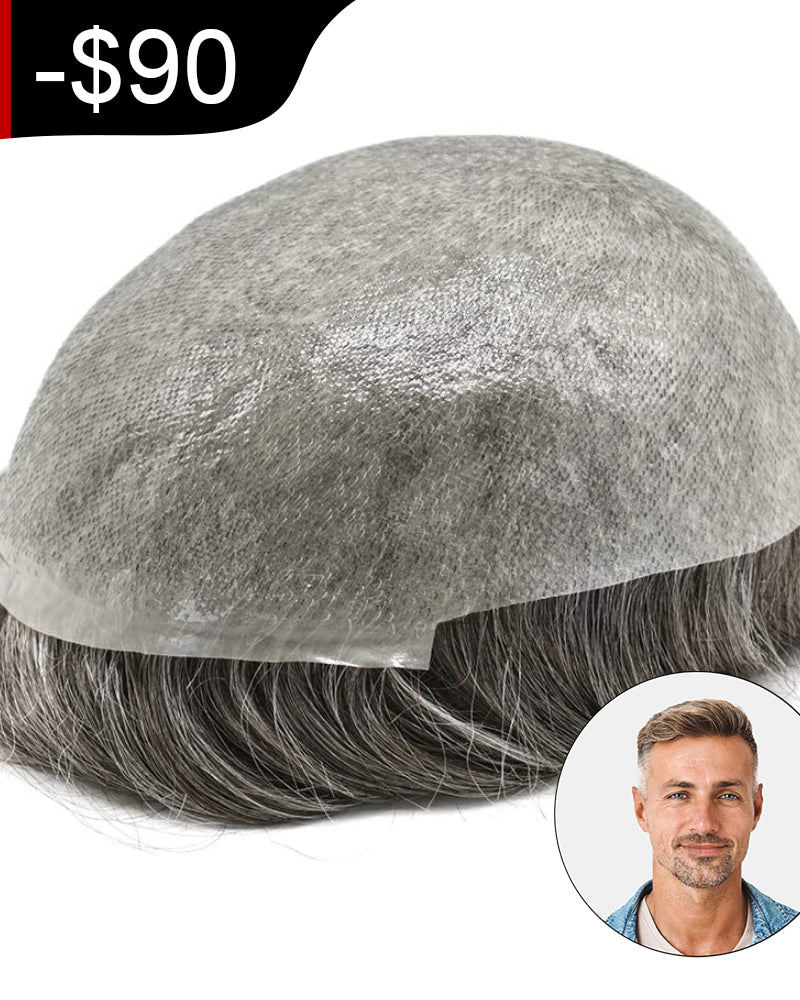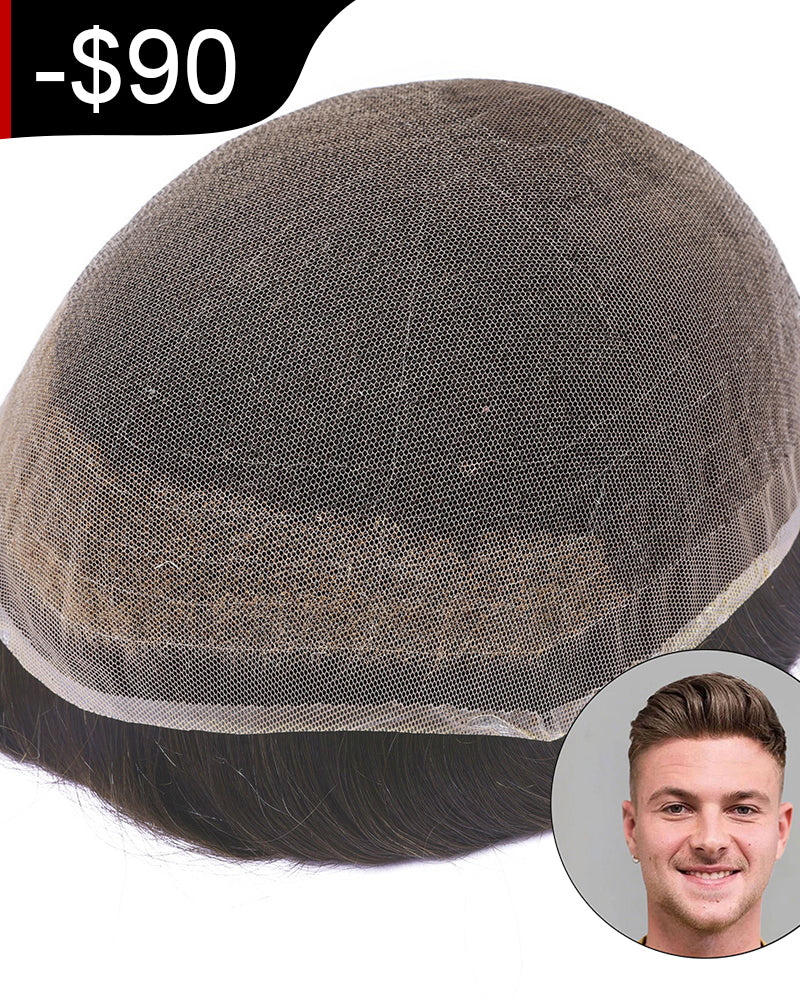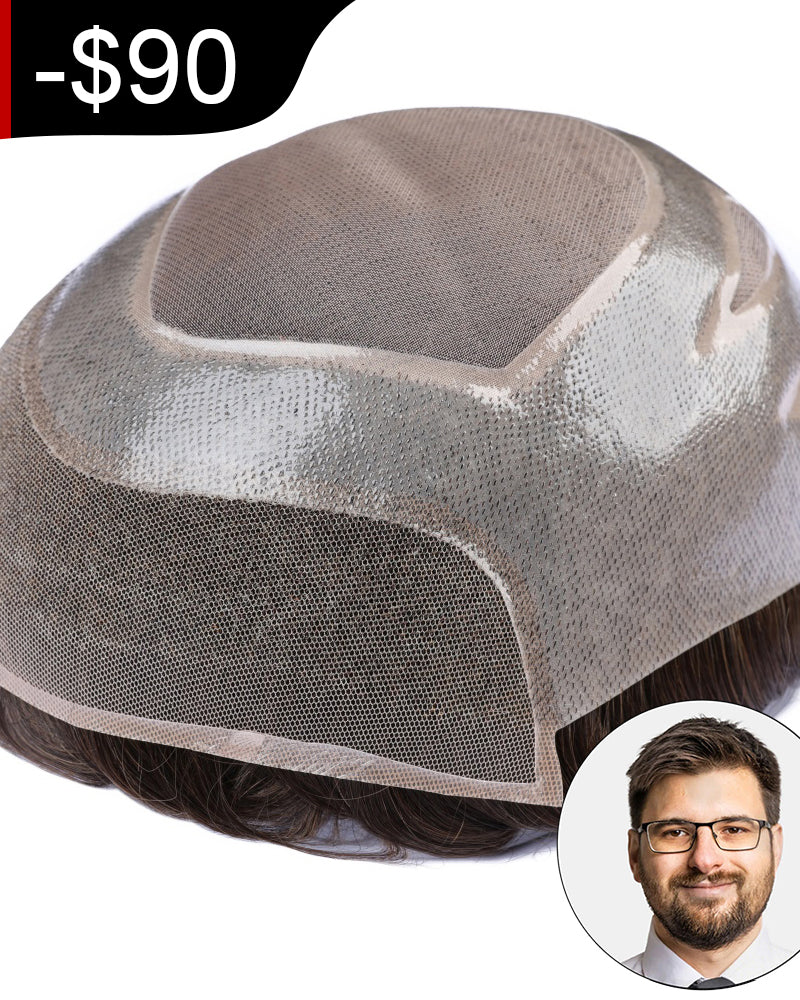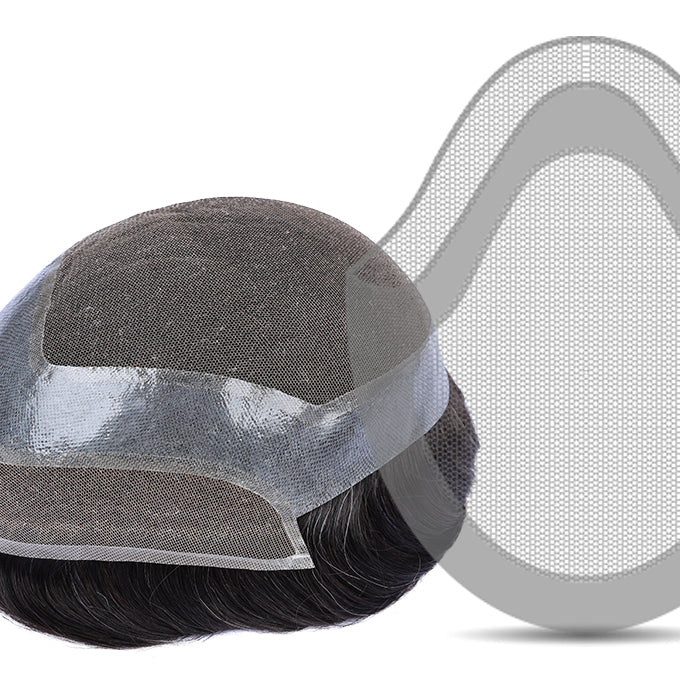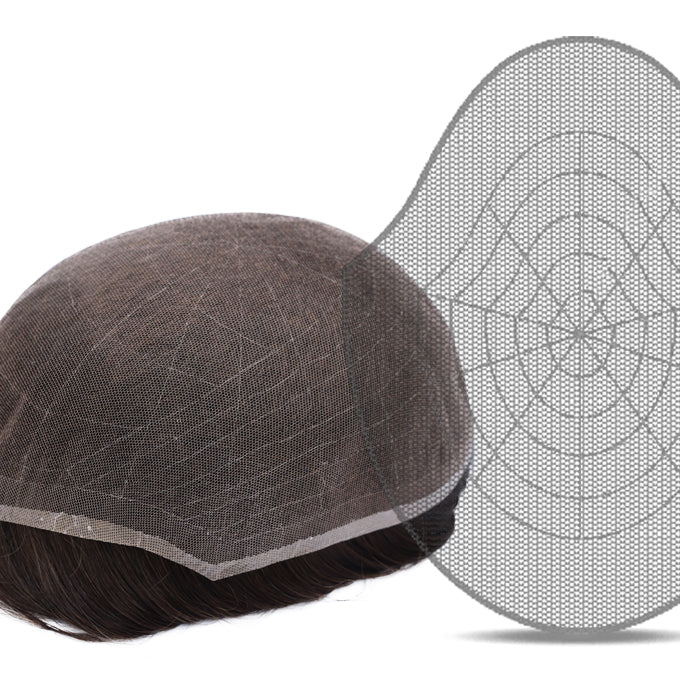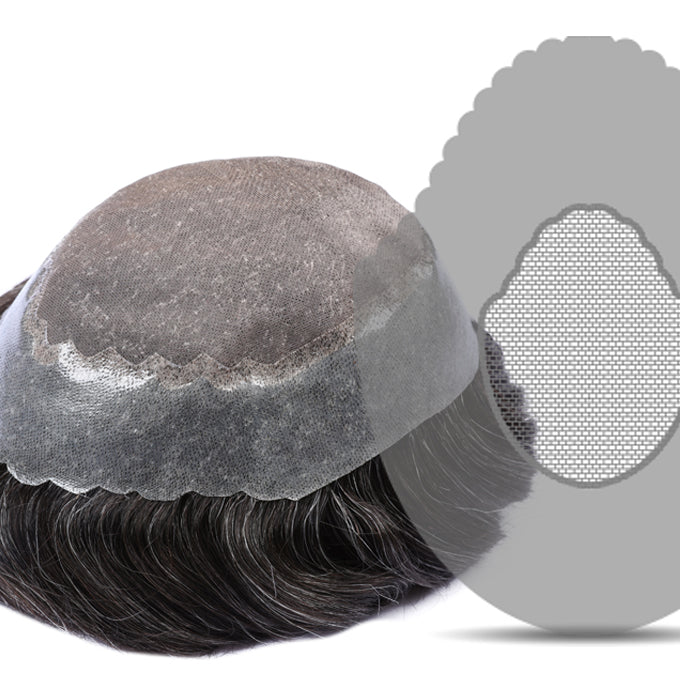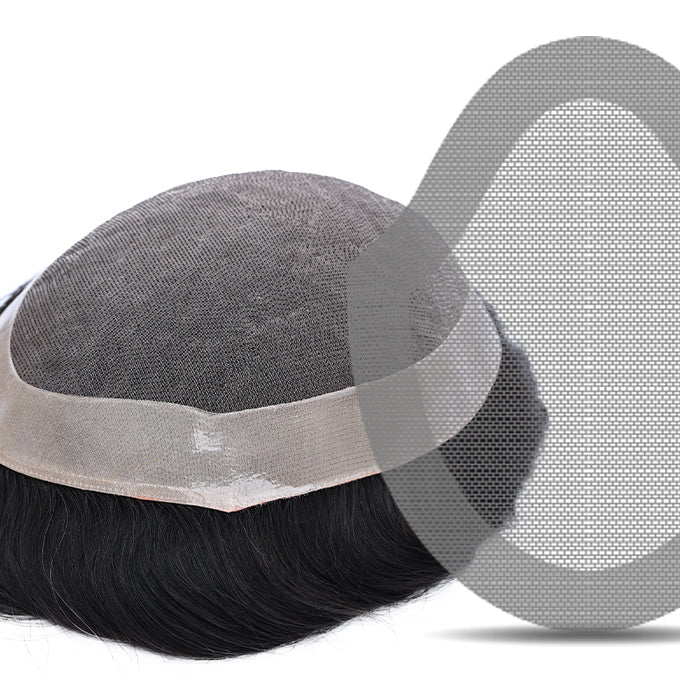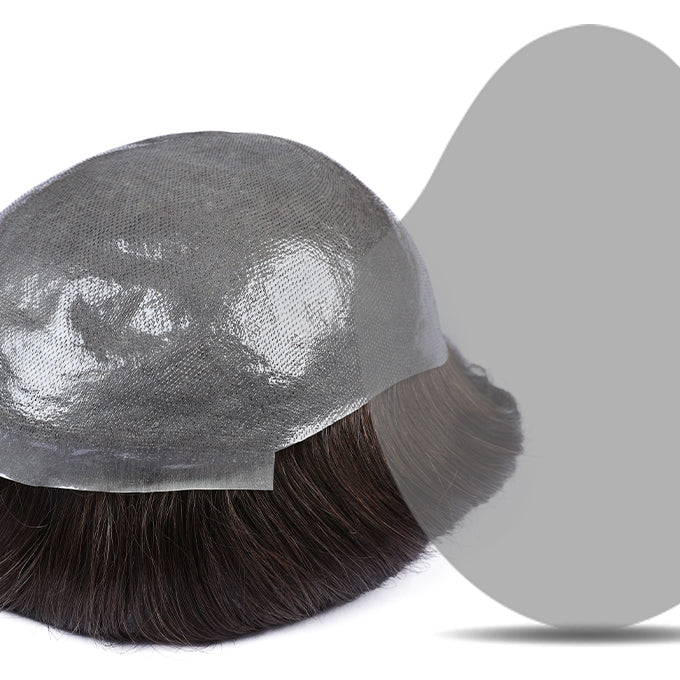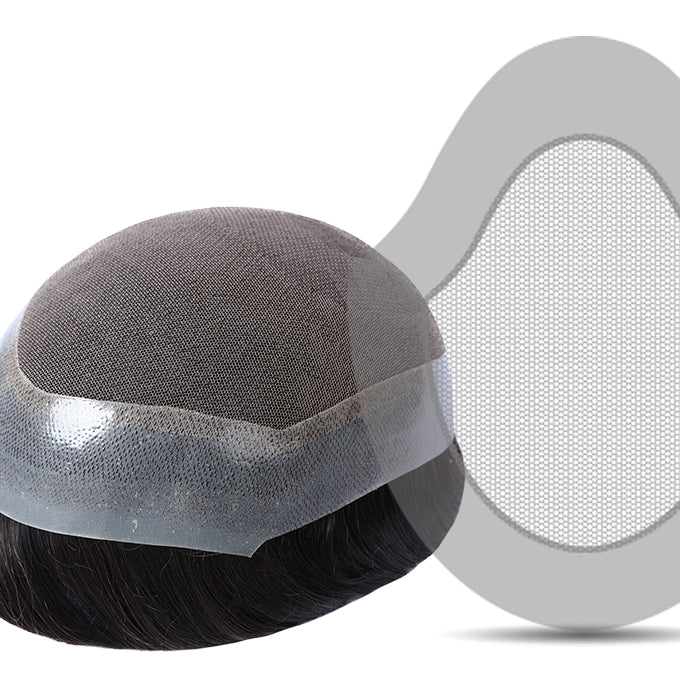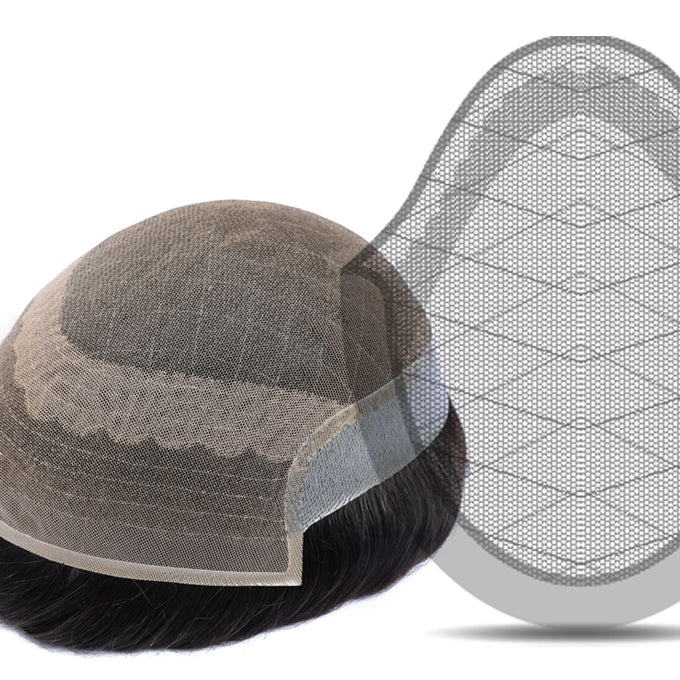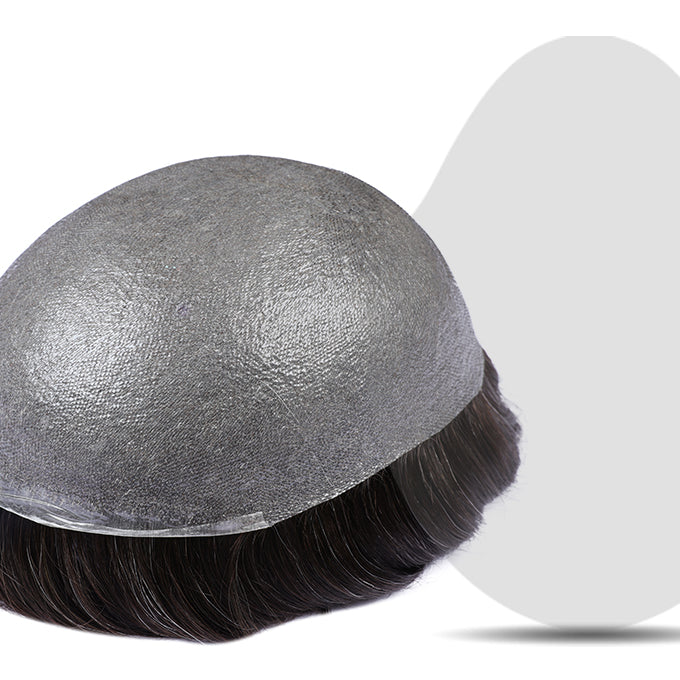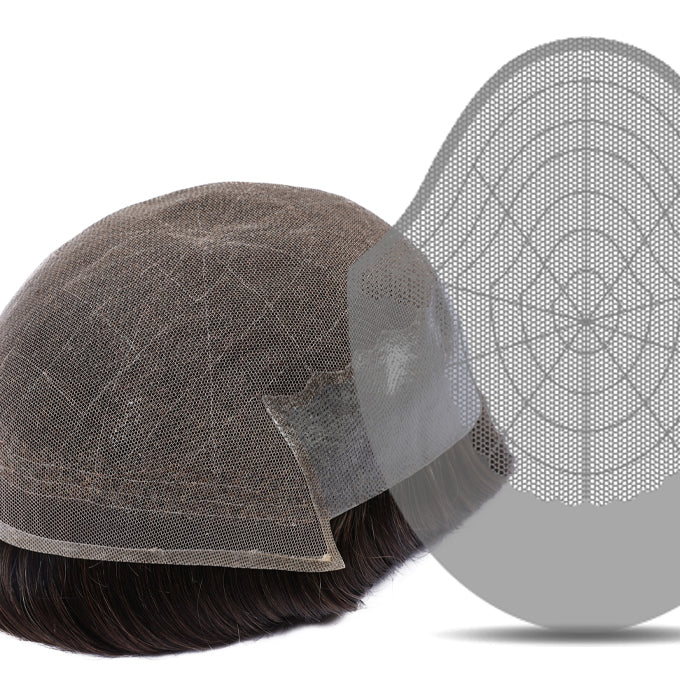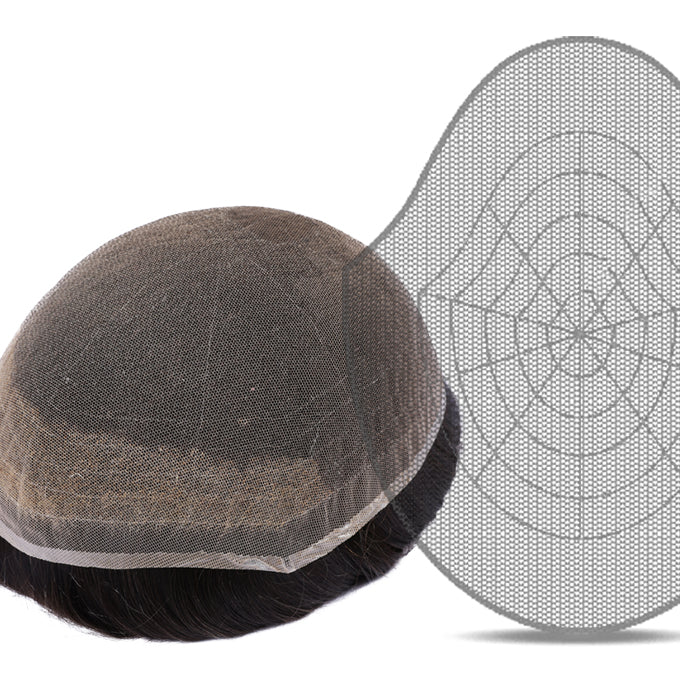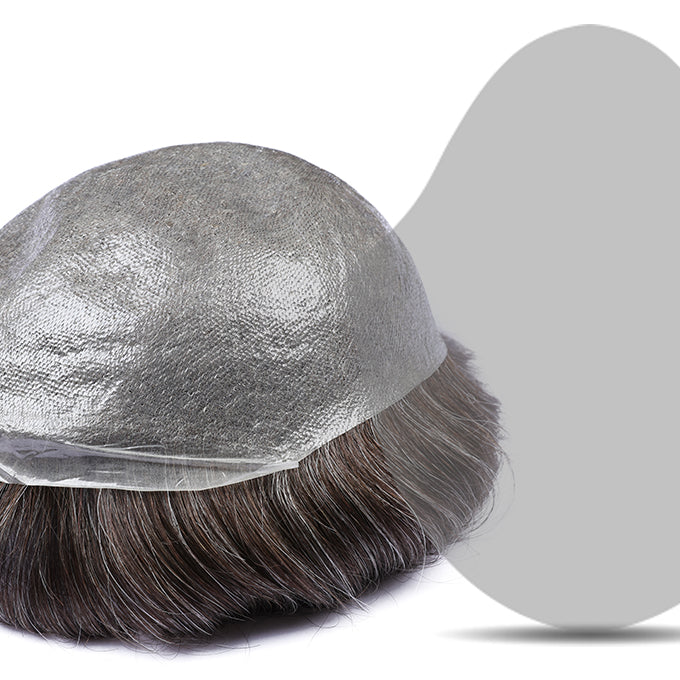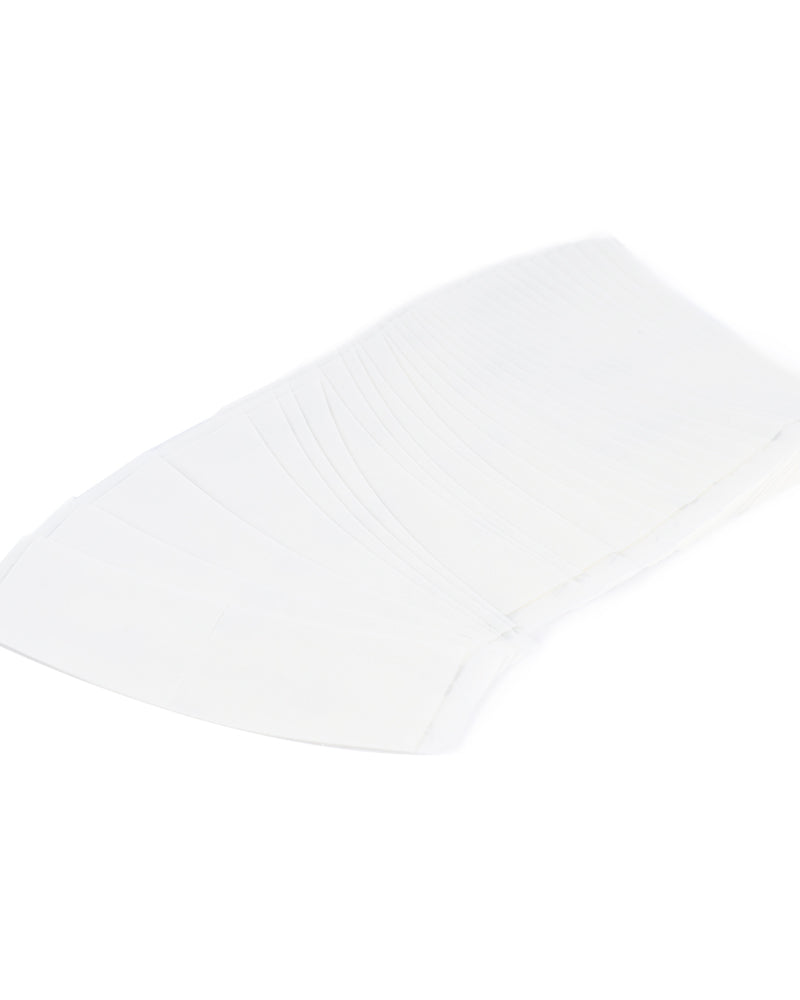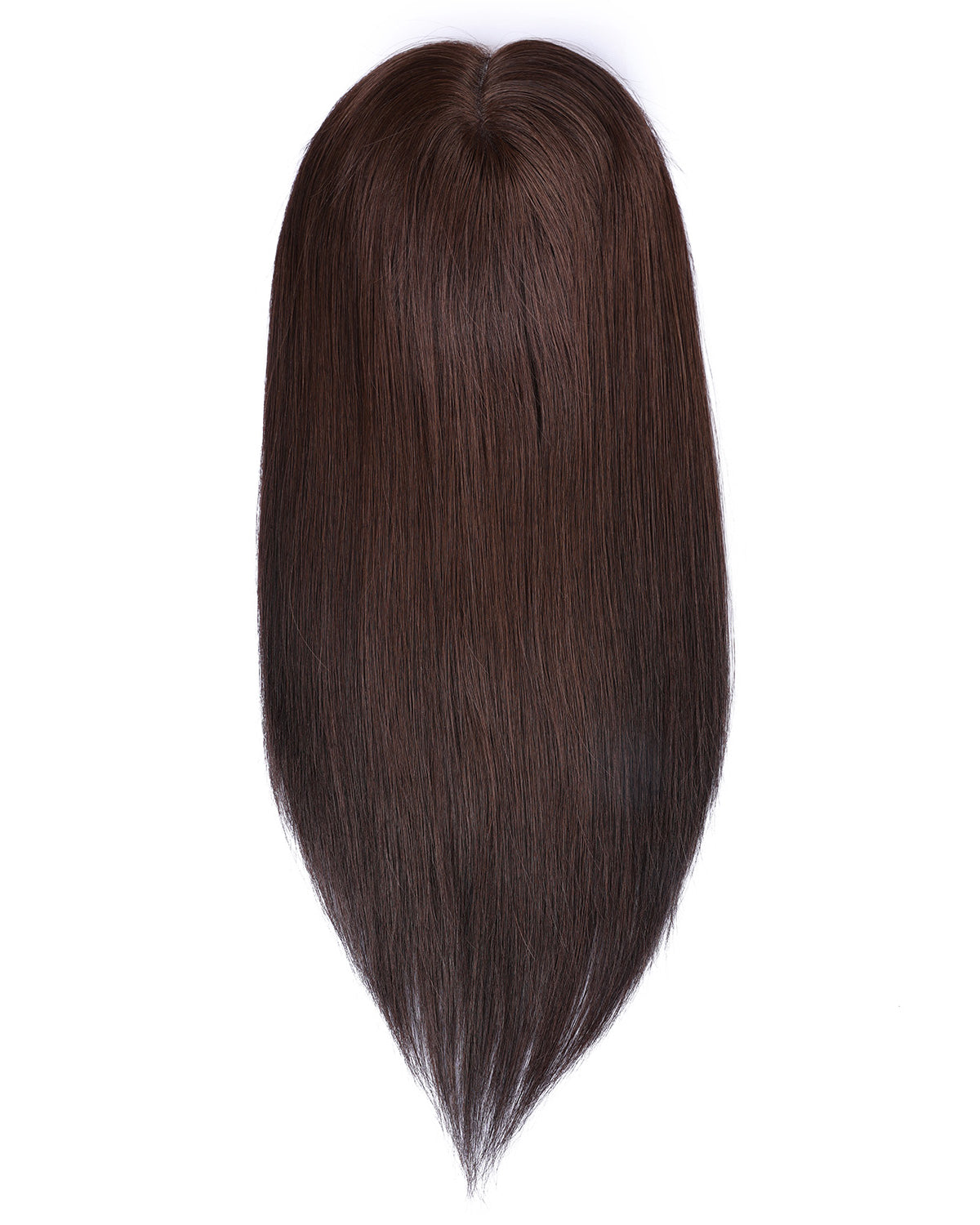Thin skin hair systems (also known as thin membrane or ultra-thin skin wig systems) are popular for their natural appearance and seamless integration with the scalp. Crafted from a lightweight, breathable material, these systems mimic the look of real hair growth, but they require gentle care to maintain their quality and longevity. Whether you’re new to wearing hair systems or looking to refine your maintenance routine, this guide covers all essential steps to keep your thin skin hair system in optimal condition.
1. Understanding Thin Skin Hair Systems: What Makes Them Unique?
Thin skin hair systems are typically made from a transparent, flexible material (often polyurethane or silicone) that adheres to the scalp, creating a “bare scalp” illusion. The hair is ventilated or implanted into the material, making it appear as if hair is growing directly from the skin. Key characteristics include:
Ultra-thin texture (often 0.03–0.1mm thick) for a natural look.
Breathability if designed with perforations.
Sensitivity to harsh chemicals and physical stress.
2. Daily Care: Gentle Routine for Longevity
A. Cleaning: How to Wash Your Thin Skin Hair System
Frequency: Wash every 5–7 wears (or more often if exposed to sweat, dust, or styling products).
Step-by-Step Guide:
Remove the system carefully: Use a gentle adhesive remover to detach it from the scalp, avoiding tugging.
Rinse with lukewarm water: Gently rinse the base (both the skin side and hair side) to remove sweat and residue.
Use a mild shampoo: Apply a sulfate-free, paraben-free shampoo designed for hair systems. Lather gently on the hair (avoid scrubbing the base material).
Condition the hair: Apply a lightweight conditioner to the strands, focusing on the ends. Rinse thoroughly.
Air dry flat: Place the system on a mannequin head or flat surface, skin side up, away from direct sunlight or heat.
B. Styling: Do’s and Don’ts
Do’s:
Use heat-styling tools (blow dryers, curling irons) at low temperatures (max. 150°C/300°F).
Apply water-based styling products (gels, mousses) sparingly to avoid residue.
Don’ts:
Avoid oil-based products, which can break down adhesive and damage the thin skin material.
Never sleep with wet hair or a damp system, as this can cause matting or mold.
Adhesive Maintenance: Keeping Your System Secure
The longevity of your thin skin system also depends on how you manage the adhesive:
Choosing the right adhesive: Use skin-safe, water-based adhesives for thin skin (avoid solvent-based options, which may weaken the material).
Applying adhesive:
Ensure the scalp and system base are clean and dry.
Apply a thin, even layer of adhesive to the skin side of the system (or the scalp, depending on your method).
Allow the adhesive to dry slightly (till tacky) before pressing the system into place.
Removing adhesive residue: Use a gentle adhesive remover and a soft cloth to wipe the base. Avoid scraping or rubbing the thin skin material.
4. Storage: Protecting Your System When Not in Use
Use a mannequin head or stand: This maintains the system’s shape and prevents tangling.
Keep in a cool, dry place: Avoid humid environments, as moisture can damage the material or cause odor.
Cover the system: Use a breathable fabric bag to protect it from dust and debris.
5. Troubleshooting Common Issues
A. Base Damage or Tears
Cause: Excessive pulling, rough handling, or sharp objects.
Solution: Avoid using combs with sharp teeth; use a wide-tooth comb or your fingers to detangle. For minor tears, consult a professional for repair; severe damage may require replacement.
B. Reduced Adhesion
Cause: Oily scalp, residue buildup, or expired adhesive.
Solution: Clean the scalp and system base thoroughly before reapplication. Replace adhesive regularly and store it in a cool place.
C. Hair Tangling or Matting
Cause: Dryness, lack of conditioning, or sleeping with uncombed hair.
Solution: Condition the hair after each wash and comb gently from ends to roots. Use a silk pillowcase to reduce friction while sleeping.
6. Professional Maintenance: When to Seek Help
Re-tipping or re-ventilating: If hairs start to shed, a professional can repair or replace them.
Fitting adjustments: If the system no longer fits properly, consult a stylist to adjust the size or adhesive method.
7. Tips for Extending Lifespan
Rotate systems: If possible, use multiple systems to reduce wear and tear on one piece.
Protect from harsh elements: Avoid prolonged sun exposure, chlorinated water, or saltwater, which can degrade the material.
Handle with care: Always wash your hands before touching the system to prevent oil and dirt transfer.
Conclusion
Caring for a thin skin hair system requires patience and attention to detail, but the effort pays off in a natural, long-lasting appearance. By following these steps—from gentle cleaning to smart styling and storage—you can ensure your system looks and feels its best for months (or even years) to come. Remember: consistency is key, and when in doubt, consult a professional stylist who specializes in hair systems.

